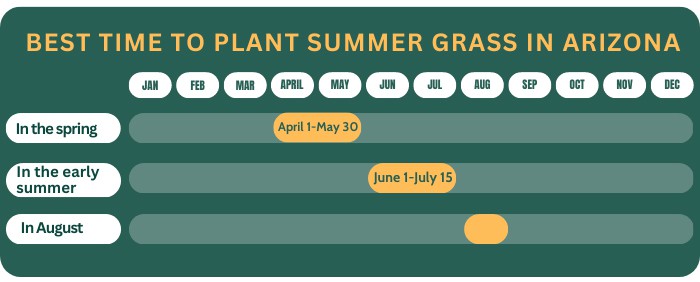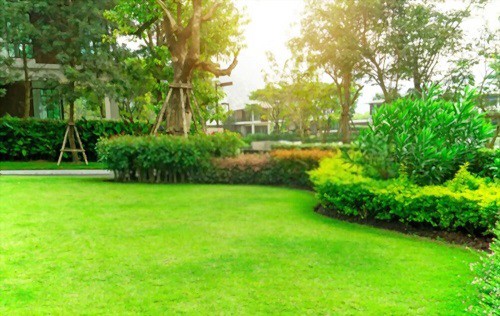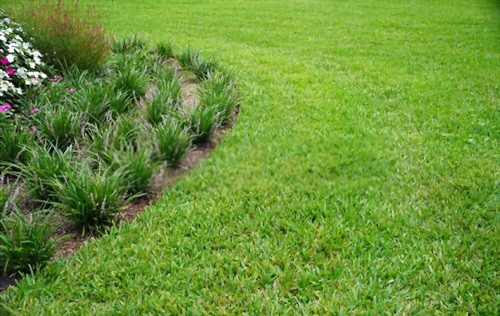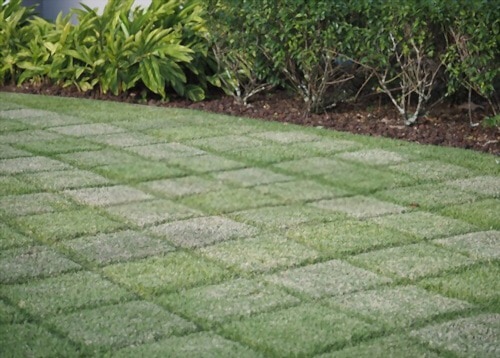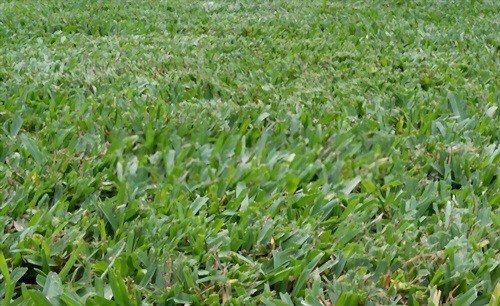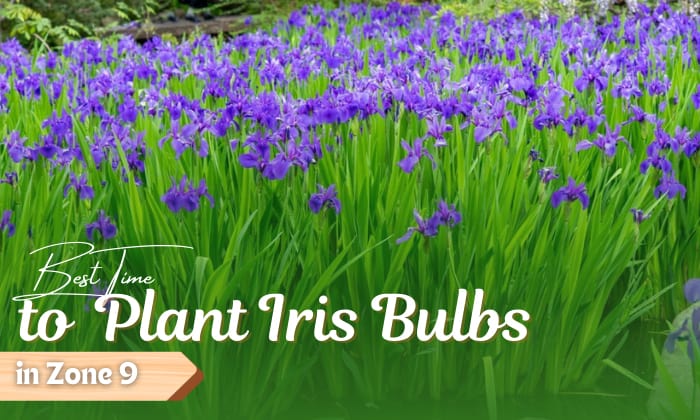If you’re looking to grow grass for your lawn this summer season, Arizona experiences extremely hot and dry summers—making it a great place to grow lush green, warm-season turf grasses.
So, when to plant summer grass in Arizona? Spring grass planting is the perfect time to plant warm-season grasses in the state. Specifically, this is from April 1 to May 30, but it depends on location and grass seed variety.
Keep reading further for more relevant and interesting information!
Table of Contents
Best Time to Plant Summer Grass in Arizona
1. Planting in the spring
Spring is the ideal time to plant summer grass in AZ, particularly from April 1 to May 30. This is when soil is finally workable since the dangers of frost no longer threaten your grass, and soil temperatures constantly reach 65°F.
However, this estimated date varies depending on location and grass seed type. For example, the most recommended time to plant Bermuda grass seed in Phoenix is in the middle of April so that they can reach maturity just in time for summer.
2. Planting in the early summer
You can also grow grass in AZ in the early summer, from June 1 to July 15. This is also the best time for overseeding summer grass due to rising soil temperatures and less competition for space and nutrients.
3. Planting in August
It is also possible to seed summer or warm-season grasses as late as early August (up until the 15th) as long as you choose grass seed varieties that mature fast.
This is why it is best to choose bermuda grass in AZ as summer turf since it germinates within 10 days. It is also widespread in hot regions in the state since soil temperatures consistently reach above 80°F.
Factors Affecting the Growth of Summer Grass in Arizona
1. Soil Temperature
As the fall frost becomes imminent and temperatures begin cooling below 50°F, warm-season grasses will go dormant and gradually lose their lush green color until they are brown.
In fact, certain species will even die if continuously exposed to temperatures near freezing. This is why this period is the perfect time to overseed winter grass seed such as rye grass instead.
2. Sunlight
Although some summer grasses can tolerate low light or shade, they generally require a good amount of exposure to sunlight to thrive. This is because they can withstand longer bouts of heat and drought.
In May, Arizona experiences an average of 12 hours of sunlight per day. As such, it makes more sense why warm-season grasses grow best in this month!
3. Moisture
In addition to hot and sunny weather conditions, summer grasses thrive on soils with low level moisture retention. Most soils in Arizona are compacted, making it difficult for water to drain faster. However, this can be fixed by amending soils with organic matter.
Best Arizona Summer Grass Seed
Refer to the chart below for what are the best varieties of summer grass in Arizona and their respective characteristics, which includes optimal soil germination temperature:
1. Grass Seed Variety
- Texture: Medium to fine
- Color: Light to medium green
- Spread: Rhizomes and stolons
- Optimum Soil Temperature: 68°F to 75°F
- Days to Germinate: 3 to 21 days
- Tolerance: High heat and drought tolerance; Improved cold tolerance
- Dormancy: Late fall to early spring
2. St. Augustine Grass
- Texture: Coarse
- Color: Medium to dark green
- Spread: Stolons
- Optimum Soil Temperature: 80°F to 100°F
- Days to Germinate: 7 to 14 days
- Tolerance: Excellent heat and drought tolerance; Poor cold tolerance
- Dormancy: Winter
3. Zoysia Grass
- Texture: Extremely fine to coarse
- Color: Dark green
- Spread: Rhizomes and stolons
- Optimum Soil Temperature: 65°F to 70°F
- Days to Germinate: 14 to 21 days
- Tolerance: Excellent heat, drought, and cold tolerance but it may depend on cultivar
- Dormancy: Winter
4. Buffalo Grass
- Texture: Fine
- Color: Blue green
- Spread: Stolons
- Optimum Soil Temperature: 60°F to 110°F
- Days to Germinate: 7 to 10 days
- Tolerance: Excellent tolerance to heat, drought, and cold
- Dormancy: Fall to winter
5. Bahia Grass
- Texture: Coarse
- Color: Light green
- Spread: Rhizomes
- Optimum Soil Temperature: 65°F to 70°F
- Days to Germinate: 28 to 30 days
- Tolerance: Excellent heat and drought tolerance; Good cold tolerance
- Dormancy: Winter
Tips on Caring for Summer Grass in Arizona
1. Sunlight
Shade-tolerant grass seed varieties need at least 4 to 6 hours of full sun exposure while all other warm-season grasses regularly require 6 to 8 hours to grow.
2. Soil
Generally, summer grasses prefer deep soils that are well-draining and have a soil pH level above 5.5. If your soil is too acidic, consider adding lime 5 months prior to planting.
3. Water
Follow the watering schedule below based on the age of your turf since time of planting:
| Number of Weeks | Frequency | Duration |
| First 2 weeks | 4 to 8 times a day | 5 to 10 minutes |
| Third Week | Once a day | 15 to 45 minutes |
| Established Turfgrass | 2 to 3 times a week | 10 to 25 minutes |
4. Fertilizer
Apply fertilizers 2 to 4 times annually in early fall, summer, and spring seasons. Take note that bahia grass should only be fertilized twice—once in the summer and another time in spring.
5. Mowing
Lawns should be regularly mowed during the growing season (spring and summer) to control weed growth and maintain overall appearance.
Here are the appropriate mowing height for each type of summer grass:
- Bahia Grass: 4 to 5 ¼ inches
- Bermuda Grass: 1 ¼ to 2 ½ inches
- Buffalo Grass: 2 ½ to 5 ¼ inches
- St. Augustine Grass: 3 ¼ to 5 ¼ inches
- Zoysia Grass: 1 ¼ to 3 ¼ inches
Frequently Asked Questions
Can you plant bermuda grass in the summer in Arizona?
Although April to May is the best time to grow bermuda grass in the state, you can plant it until August 15 since it establishes itself relatively fast.
What is the best summer grass for shade in Arizona?
St. Augustine grass is an ideal choice for lawns that are shaded since it is considered the most shade-tolerant compared to other summer grasses.
Conclusion
Now that you’ve reached the end of the article, you are fully equipped with the knowledge on when to plant summer grass in Arizona. Timing, grass seed variety, and soil temperatures are things to consider before this endeavor.
It is also important to remember the sun exposure, soil, water, fertilizer, and mowing requirements for your warm-season turfgrass so that you can expect a beautiful and healthy green lawn in Arizona summer!

Hi, I am William – Floridayards’ digital content creator. My job is to find answers to all your concerns with thorough research and our team’s expert advice. I will also bring you honest reviews on the best products and equipment for raising your beautiful garden. Please look forward to our work!



